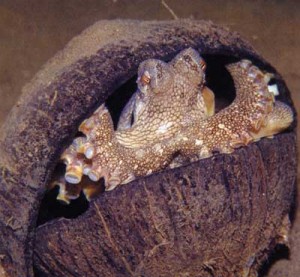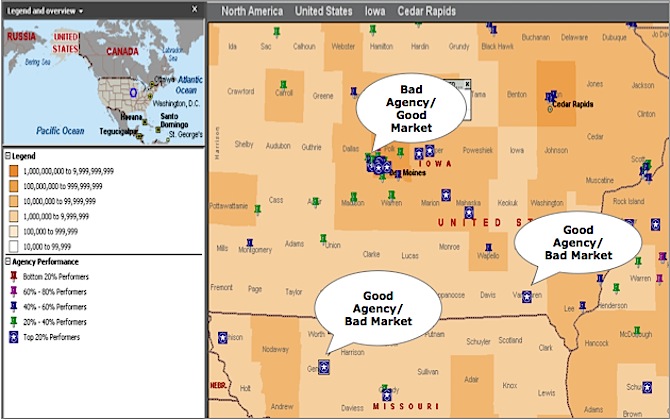 Eleven months to the day after David Pogue of the New York Times posted on being a newbie in the “Twitterverse,” I think his piece is still one of the best introductions to the platform. Here’s a sample:
Eleven months to the day after David Pogue of the New York Times posted on being a newbie in the “Twitterverse,” I think his piece is still one of the best introductions to the platform. Here’s a sample:
I’ll admit that, for the longest time, I was exasperated by the Twitter hype. Like the world needs ANOTHER ego-massaging, social-networking time drain? Between e-mail and blogs and Web sites and Facebook and chat and text messages, who on earth has the bandwidth to keep interrupting the day to visit a Web site and type in, “I’m now having lunch� And to read the same stuff being broadcast by a hundred other people?
Then my eyes were opened. A few months ago, I was one of 12 judges for a MacArthur grant program in Chicago. As we looked over one particular application, someone asked, “Hasn’t this project been tried before?â€
Everyone looked blankly at each other.
Then the guy sitting next to me typed into the Twitter box. He posed the question to his followers. Within 30 seconds, two people replied, via Twitter, that it had been done before. And they provided links.
The fellow judge had just harnessed the wisdom of his followers in real time. No e-mail, chat, Web page, phone call or FedEx package could have achieved the same thing.
I was reminded of this again over lunch yesterday, when I was chatting with a couple of really smart tech types. My lunch companions were very Pogue-like in their misgivings about Twitter. One was even leery of Facebook. Both made points that sounded familiar to me.
I acknowledged that when Twitter first came out, I was the same way. This post from 30 months ago is an example of my ambivalence toward Twitter. I have since seen it work as a valuable way to connect and learn, for both me and many of my clients. Some business has come out of it as well.
I’m sold on Twitter. Besotted in fact. (See for yourself, at @TheLarch)
But its success could be fleeting. Twitter is white hot right now, but flash fires often burn out just as quickly.
Maybe I should revise my oath of undying love. Instead, how’s this? I’m sold on the emerging social dance called ambient awareness, a concept explained eloquently in this Clive Thompson article.
Pack up your coconuts and see the world
Ambient awareness is bigger than Twitter, and even bigger than Facebook (now at 350 million users worldwide). It’s like the coconut shells in the arms of an octopus. For those who didn’t see that story, here’s the gist: Biologists diving off the coasts of Indonesia have discovered a species of octopus that has evolved to use a novel tool. Scientific American describes the discovery:
The octopuses were found to occupy empty seashells, discarded coconut shell halves or manmade objects, and on several dives, the researchers saw them carrying coconut shell halves below their body and swimming away with them.
Sometimes, an octopus would carry two shell halves and then put them together to form a shelter, the scientists said…
“Using tools is something we think is very special about humans, but it also exists in other animal groups we’ve never considered before, a low life form, a relative of a snail. These octopuses, they’re not simple animals.”
I learned about that story through — what else? — Twitter. This platform, and the ambient awareness it harnesses, is literally a new tool for helping those who put it to use. It helps us work, play and generally be the social creatures that we are.

 Twelve months ago I and a small group of friends decided to get off our butts to provide help to those least served in Milwaukee, in ways we could really see and share. Here’s that post about the extraordinary
Twelve months ago I and a small group of friends decided to get off our butts to provide help to those least served in Milwaukee, in ways we could really see and share. Here’s that post about the extraordinary 
